What is Industrial IoT? IIoT Meaning, Examples, Benefits and Applications
The Industrial Internet of Things (IIoT) is a powerful evolution of IoT that connects industrial machinery, systems, and workers with the internet to create smarter, safer, and more efficient industrial operations. In the context of Industry 4.0, IIoT plays a transformative role by enabling automation, real-time data monitoring, predictive maintenance, and intelligent decision-making across industries.
What is Industrial IoT (IIoT)?
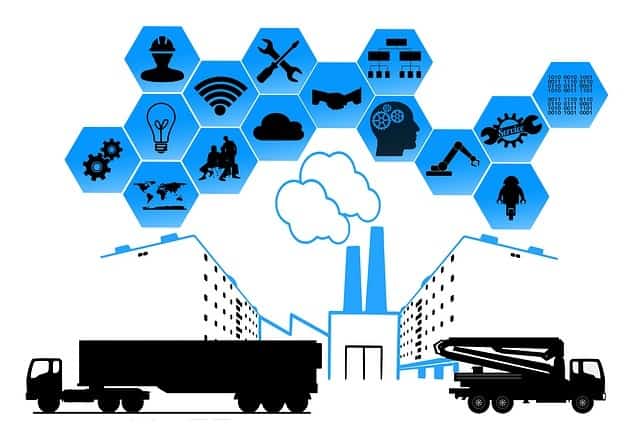
Industrial IoT (IIoT) refers to the application of IoT technologies in industrial environments such as manufacturing, logistics, energy, and transportation. It involves integrating smart sensors, connected devices, edge computing, and cloud analytics into legacy systems and industrial equipment to collect and exchange data in real time.
At its core, IIoT aims to digitize the physical world of manufacturing and supply chains, helping enterprises monitor operations remotely, reduce downtime, cut costs, and improve productivity.
How Does Industrial IoT Work?
The typical IIoT ecosystem consists of the following components:
- Smart sensors and actuators: Embedded in machines to collect environmental or operational data.
- Connectivity layer: Technologies like Ethernet, Wi-Fi, LoRaWAN, and increasingly 5G provide high-speed, low-latency data exchange.
- Edge devices: Perform real-time computation closer to the machines to reduce response time.
- Cloud platforms: Aggregate and analyze big data to generate actionable insights.
- Applications: Dashboards and software tools that help visualize performance, predict failures, and trigger alerts or automated actions.
Real-World Examples of Industrial IoT (2024–2025)
1. Bosch & 5G in Smart Manufacturing (2024)
Bosch deployed a private 5G network at its plant in Stuttgart, Germany. It enabled real-time communication between CNC machines, AGVs (automated guided vehicles), and robotics, leading to a 25% reduction in unplanned downtime and enhanced worker safety.
2. Siemens Xcelerator Platform (2025)
Siemens launched Xcelerator, an open digital business platform combining IIoT, cloud, and AI. It helps manufacturers like Airbus simulate aircraft part performance using digital twins, improving efficiency and reducing time-to-market.
3. GE Digital’s APM Solution
General Electric’s Asset Performance Management (APM) uses IIoT and predictive analytics to reduce unplanned power plant outages, helping energy firms save millions by extending equipment life cycles.
4. Michelin’s Smart Tire Analytics
Michelin leverages IIoT-enabled tires in commercial fleets. Sensors track tire pressure, temperature, and wear, allowing real-time fuel optimization and predictive maintenance that improves road safety and reduces costs.
5. Daimler Car2Go Service
Daimler uses IIoT to manage its vehicle-sharing platform, monitoring location, fuel levels, and engine health remotely. Customers can rent vehicles using a mobile app, enabling mobility-as-a-service (MaaS) through connected infrastructure.
Key Components of IIoT Systems
| Component | Description |
|---|---|
| Connectivity | 5G, Wi-Fi 6, LPWAN for real-time device communication |
| Edge Devices | Gateways processing data closer to machines |
| Data Analytics | Predictive and prescriptive models using AI/ML |
| Cloud Services | Scalable platforms like AWS IoT, Azure IoT Hub |
| Security Layer | Encryption, authentication, intrusion detection |
Applications of Industrial IoT
IIoT is revolutionizing multiple sectors:
- Smart Manufacturing – Real-time monitoring, robotics, and digital twins
- Energy & Utilities – Smart grids, demand forecasting
- Healthcare – Asset tracking, predictive maintenance in hospitals
- Retail & Logistics – Automated warehouses, smart shelves
- Agriculture – Smart irrigation, livestock monitoring
- Construction – Equipment monitoring, worker safety
Smart Manufacturing: The Backbone of Industry 4.0
Smart Manufacturing—often considered the flagship of Industry 4.0—is driven by IIoT technologies. Key characteristics include:
- End-to-end visibility of production lines
- Real-time optimization of supply chains
- AI-powered predictive maintenance
- Digital twins for simulating production outcomes
- Human-machine collaboration through AR/VR interfaces
By 2025, over 65% of industrial firms worldwide are expected to implement smart manufacturing systems.
Benefits of IIoT
1. Enhanced Operational Efficiency
IIoT allows seamless communication between industrial machines and systems, optimizing operational processes. Real-time monitoring and data analytics help organizations detect inefficiencies, streamline production, and minimize downtime. This connectivity reduces manual intervention, leading to increased productivity and cost savings.
2. Predictive Maintenance
IIoT-driven predictive maintenance reduces unexpected equipment failures by analyzing sensor data and machine performance patterns. This proactive approach helps in preventing costly downtime, prolonging asset lifespan, and improving overall equipment effectiveness (OEE).
3. Improved Workplace Safety and Compliance
IIoT enhances workplace safety by monitoring environmental conditions and equipment status. Sensors can detect hazardous gas leaks, temperature fluctuations, or machine malfunctions, triggering instant alerts. Automated compliance reporting ensures adherence to industry regulations, reducing the risk of fines and operational disruptions.
4. Energy Efficiency and Sustainability
IIoT helps industries optimize energy consumption by monitoring energy usage patterns and automating energy-intensive processes. Smart grids and connected systems contribute to reduced energy wastage, lower carbon footprints, and improved sustainability efforts.
5. Supply Chain and Logistics Optimization
IIoT-powered supply chain solutions enhance tracking and visibility of goods in transit. GPS-enabled sensors and RFID tags help monitor real-time location, environmental conditions, and estimated delivery times. This transparency improves inventory management, reduces delays, and enhances customer satisfaction.
6. Superior Quality Control
IIoT enables continuous monitoring of production lines to ensure product quality. Sensors detect inconsistencies, defects, or deviations from standards, allowing real-time corrections. This automated quality control reduces waste, rework costs, and enhances brand reputation.
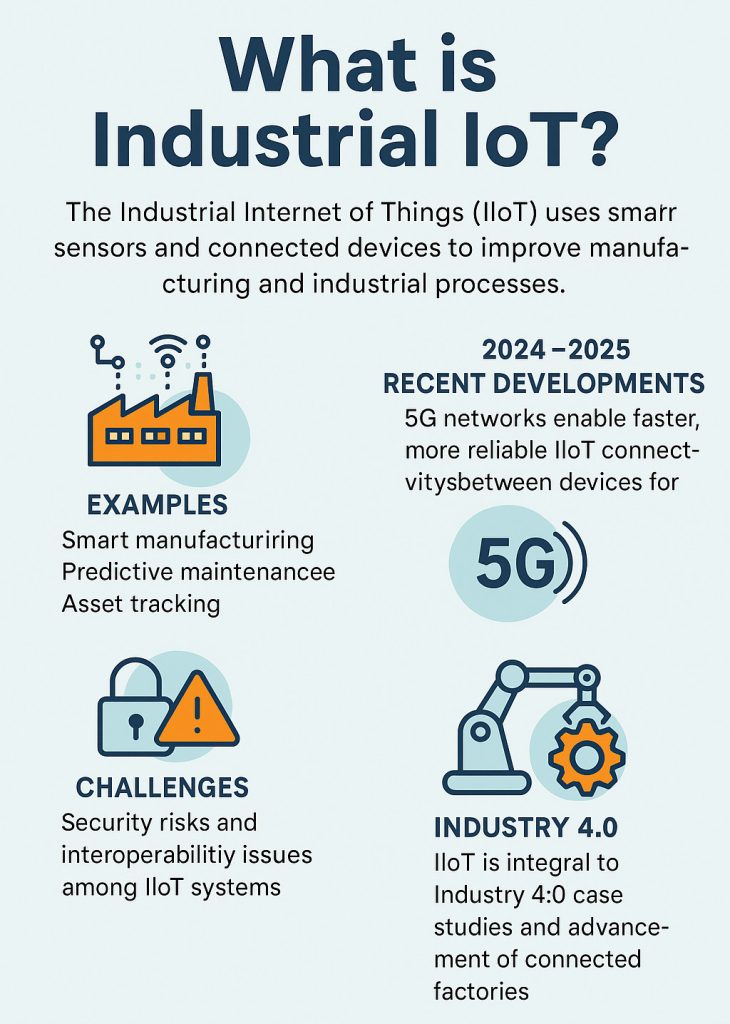
Challenges in Industrial IoT Adoption
Despite its benefits, IIoT comes with major implementation hurdles:
1. Security Threats
With thousands of connected devices, IIoT expands the attack surface. Cyberattacks can exploit unpatched sensors or weak protocols.
- Use of TLS/SSL encryption, Zero Trust frameworks, and secure OTA updates is critical.
- Protocols like MQTT and OPC-UA offer robust security but require consistent enforcement.
2. Interoperability Issues
Industrial systems often operate on diverse hardware and communication standards. Lack of interoperability between legacy and modern devices hinders data flow.
- Middleware solutions and open standards help bridge these gaps.
3. Scalability & Cost
IIoT deployments can be capital intensive. Integrating hundreds of devices, sensors, and platforms demands a long-term investment plan and skilled workforce.
Common IIoT Protocols
| Protocol | Use Case |
|---|---|
| MQTT | Lightweight, real-time messaging between devices |
| OPC-UA | Secure, platform-independent communication in industrial automation |
| Modbus | Communication with PLCs and SCADA systems |
| CoAP | Resource-constrained environments, smart grids |
Advantages of Industrial IoT
- Predictive Maintenance: Prevent equipment failures with data insights
- Improved Efficiency: Optimize operations with real-time monitoring
- Cost Savings: Reduce energy consumption and manual labor
- Remote Management: Manage assets and workers from anywhere
- Enhanced Safety: Monitor worker conditions and hazardous zones
Future of IIoT in 2025 and Beyond
The future of IIoT lies in hyperautomation, AI integration, and digital twin ecosystems.
- 5G + Edge AI: Enable ultra-fast communication for critical operations like robotic surgery or autonomous vehicles.
- Self-healing networks: Smart systems that detect and resolve issues autonomously.
- Sustainable IIoT: Energy-efficient factories using IoT to monitor and reduce emissions.
- Decentralized decision-making: With blockchain and federated learning, IIoT devices can process data without central servers.
Conclusion
Industrial IoT is no longer just a buzzword—it’s a strategic necessity for enterprises aiming to thrive in the era of Industry 4.0. With the convergence of 5G, AI, and edge computing, IIoT is transforming industries by making operations more intelligent, automated, and responsive than ever before.
As we move deeper into 2025, companies embracing IIoT stand to gain a clear competitive edge, reduce costs, improve safety, and pave the way for a more connected and sustainable future.
See also: How is IoT optimizing Costs for Industrial Sectors?
Industrial IoT Video tutorial
Frequently Asked Questions (FAQ)
What is Industrial IoT (IIoT)?
Industrial IoT, or IIoT, refers to the use of smart sensors, machines, and advanced analytics in industrial environments. It enables real-time data collection, monitoring, and automation to improve operational efficiency, reduce costs, and enhance safety.
How is IIoT different from regular IoT?
While traditional IoT focuses on consumer applications (like smart homes and wearables), IIoT is specifically used in industrial sectors like manufacturing, energy, and logistics. IIoT systems are built for robustness, scalability, and handling mission-critical tasks.
What are some real-world examples of IIoT in 2025?
Examples include Bosch’s smart factories using private 5G, Siemens’ Xcelerator platform for digital twins, and Michelin’s connected tire analytics to reduce fuel consumption in logistics fleets.
What are the benefits of Industrial IoT?
Key benefits include predictive maintenance, energy efficiency, automation, data-driven decision-making, improved safety, and enhanced supply chain visibility.
What are the challenges in implementing IIoT?
Major challenges include cybersecurity risks, interoperability between legacy and modern systems, high deployment costs, data privacy concerns, and the need for skilled IT and OT personnel.
What industries are using IIoT the most?
IIoT is being widely adopted in manufacturing, automotive, energy, healthcare, logistics, agriculture, and construction industries for smart automation and operational improvements.
How does 5G impact Industrial IoT?
5G enables ultra-low latency, high-speed data transmission, and massive device connectivity, which is critical for real-time industrial applications like robotics, remote monitoring, and autonomous systems.
See also: IoT in Manufacturing Industry: Industrial IoT Applications
Ready to Explore More? Let’s Build Smarter Together!
🔔 Subscribe to Our YouTube Channel » for IoT video Tutorials.
🌐 Start Learning IoT Basics Now » and What is IoT? – Introduction to IoT and IoT Architecture: 4 Essential IoT Layers Simplified for Beginners on IoTDunia.com! and Check out Top IoT Applications in Real World – Smart Use Cases 2025, IoT career guide 2025, Best Projects on IoT for Beginners
👉 Have questions? Drop them in the comments!
💡 Start small, stay curious, and make your world smarter—one device at a time.
References:
http://www.industryweek.com/manufacturing-smarter
http://theinstitute.ieee.org/static/special-report-the-internet-of-things
http://www.intel.in/content/www/in/en/internet-of-things/industry-solutions.html





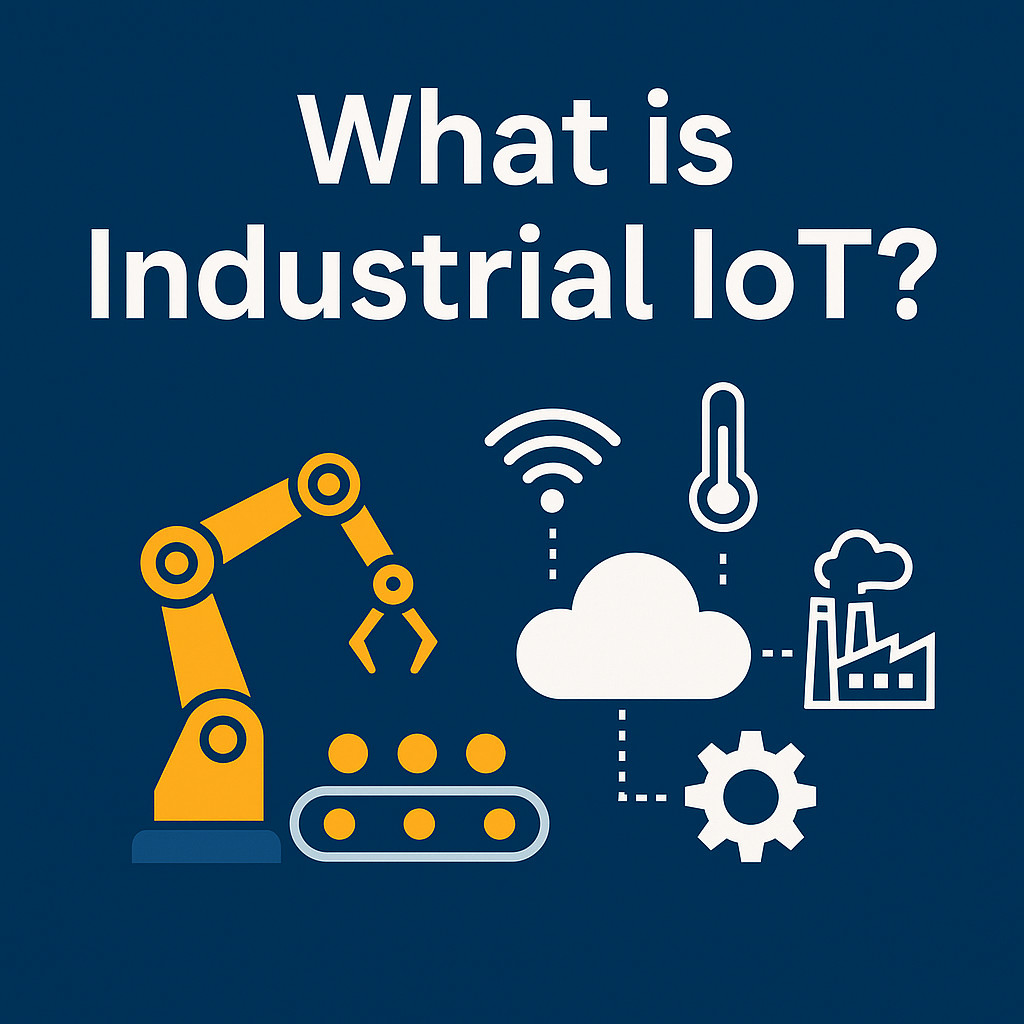

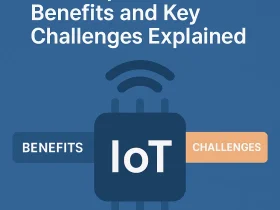
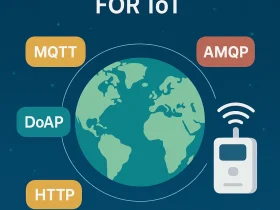
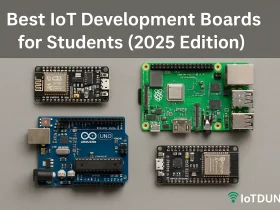
Leave a Review